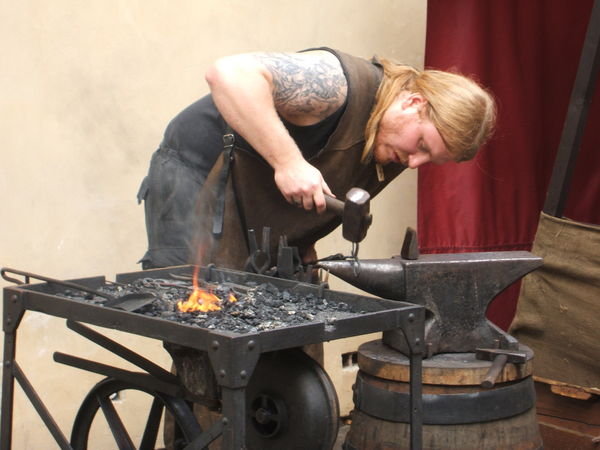
Other treasures too emerge into the light: Smith’s county maps of 1819–1824, his elegant cross-sections of specific areas, his diagrams of coal seams and canals and drainage systems.

Full-page and double-page spreads of the 1815 map blaze with particularly vibrant color, due to a lucky stroke of history the copy reproduced in Strata was bound in sections as a book and has lain ever since in the library of the Oxford University Museum of Natural History, never exposed to the sun. While it nods to Smith’s Regency period, the design is spacious, airy, and modern. Strata is far more than a coffee-table tome (why don’t we have an English term for these large-format books, to match the French beaux livres?).

The experience is more like going to an exhibition, stopping to pore over a map, skipping over a diagram, going back to check labels, taking a breath before entering another room. Yet “reading it” isn’t quite the right phrase. Reading it, I longed for one of the cushions that archivists rest precious books on, with a string of beads to hold down the page. It feels as massive as the books of Smith’s day (it is an Imperial quarto format, 10 1/2 by 14 3/8 inches, and 1.1 inches thick). One might think it impossible to represent all this in a book without diminishing its crazy grandeur, yet somehow Strata succeeds. Subscribers could buy the sheets unbound for five guineas, or in more costly formats: the grandest, at £12, displayed the entire map on canvas, varnished, on spring rollers. The 1815 map was not only innovative and beautiful but also huge, made up of fifteen large sheets and measuring eight and a half by six feet. While others had toyed with this method, he was the first to apply it on such a large scale.
#LIGHTSMITH BLACKSMITH SERIES#
At the same time, Smith worked out a table of succession, listing the series of strata laid down, in chronological order, from the oldest, “Granite, Sienite and Gneiss,” to the most recent, “London clay.” There had been geological maps before, based on rocks found at the surface, but Smith’s breakthrough came with his use of fossils, found in different layers and at different depths, to identify the strata and suggest their distribution below the ground. Deeper tones show the “dip” where one stratum-a particular layer of rock-overlays another, giving an almost three-dimensional effect, so that the colors roll like waves across the land. The map is an object of great beauty, its array of thirty-four tints identifying different types of rock, clay, and sand: vivid green for the chalk downs, tawny red for the clay of Fuller’s Earth, purple for slate-colors that are still used today on maps for the British Geological Survey.

Its scope was ambitious, as his long, practical-poetic title suggests: A Delineation of the Strata of England and Wales, with part of Scotland exhibiting the collieries and mines, the marshes and fen lands originally overflowed by the sea, and the varieties of soil according to the variations in the substrata, illustrated by the most descriptive names. In 1815 William Smith published the first detailed geological map of an entire country. William Smith: A Delineation of the Strata of England and Wales, with part of Scotland, 1815

Oxford University Museum of Natural History


 0 kommentar(er)
0 kommentar(er)
